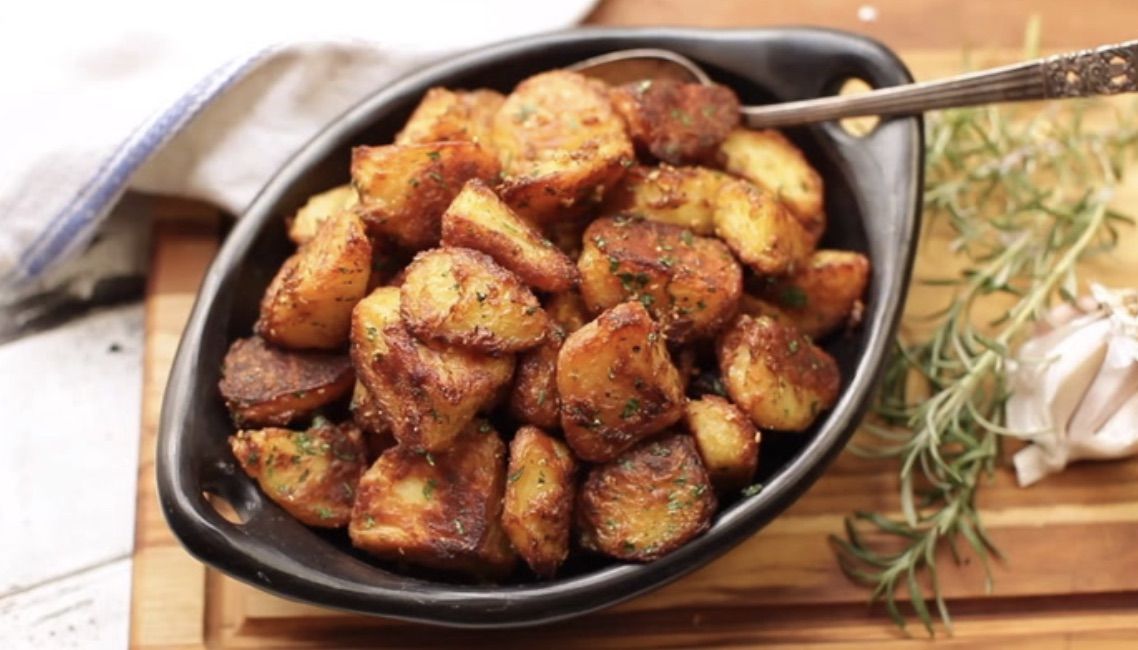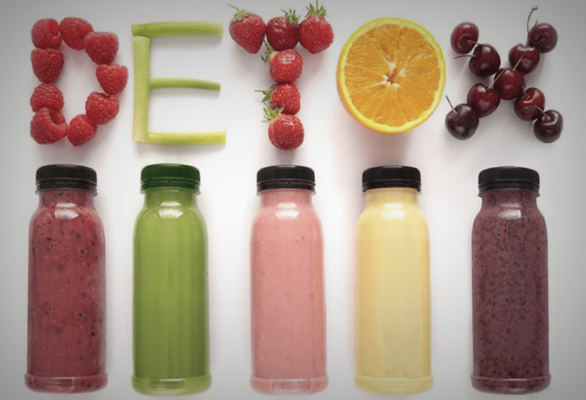DO you like your chips, fries, potatoes or bread to be brown when you’re baking, toasting, roasting or frying?
Most of us love foods like these to have an attractive brown appearance. The colour brown in these foods is a flavour-producing reaction during cooking between sugars and proteins that helps release sweetness and caramelised flavours. This is known in cooking as the ‘Maillard reaction’ and it also applies to cookies, biscuits and potato crisps.
When browning takes place, especially in the previously mentioned foods, a chemical called acrylamide is formed which may have the capability to cause cancer. Our current diet exposure levels of acrylamide are generally deemed safe in humans but this is a developing new area and more information is needed to tell us how many browned potatoes, for example, we could eat per day for a safe level.
This information is absent, although information exists for most other chemicals in our food chain in the form of ‘Acceptable Daily Intakes’ (ADIs). This is the amount of a chemical which can be consumed daily with no appreciable health risk and it is broken down into portion sizes of different foods and drinks.
The general rule of thumb is the browner the food, the more acrymalide present. The take home message is to try and reduce the browning effect when cooking and don’t take all of your foods browned. But of course make sure your food is thoroughly cooked. And keep your intake of biscuits, potato crisps etc at a lower level.
•Lee McCusker (BA; MSc; MSc; MSc; ANutr; SENr) is a registered nutritionist from Belfast and can be found on Facebook, Instagram and Twitter. Email: attentivenutrition
@gmail.com








